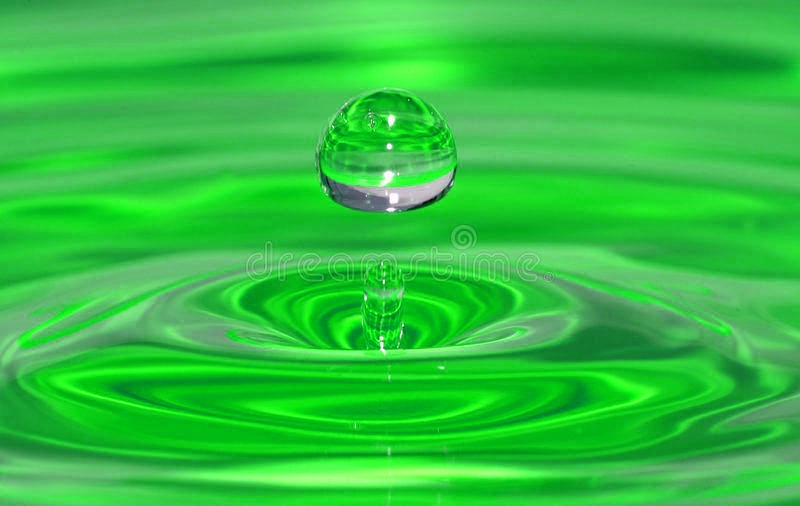While extreme heat, droughts, and floods have been recurrent in recent years, weather patterns this summer reached unprecedented limits: the continuation of drought in the Western United States and East Africa, record low levels of water in Europe, and catastrophic floods in Pakistan. This month, the 2022 Stockholm World Water Week took place with a particularly timely theme: “Seeing the Unseen: The Value of Water”.
The ‘unseen’ refers to groundwater, which provides not only almost half of the world’s drinking water, but also about 40% of the water used for irrigation and about a third of the supply needed for industry (UN, 2022). Yet this precious water source is poorly assessed and regulated.

The ‘unseen’ also refers to ‘green water’, the vapor and humidity in the air, and the moisture in the soil. Green water is less visible than rivers and lakes but an essential condition for livelihoods and determining crop yields. The ‘green water planetary boundary’ was recently reported as already being surpassed by the Nature Reviews Earth & Environment.
Valuing water is key to solving water challenges
The widespread undervaluing of water is one of the fundamental causes of its mismanagement and of the lack of investment in water-related services, infrastructures and practices. The Valuing Water Initiative, initiated by the government of the Netherlands, has established that water values are multifaceted with sociocultural, economic, and religious associations.
Still, traditional economic assessments tend to restrict the value of water to the price or cost of water recorded only in economic transactions. There is no clear relationship between the price and the value of water. Water is priced as consumers are charged for using it, not the full value of water.
Recognizing that water resources are at the heart of our economy is essential to better protect and manage them. Measuring the value of natural resources (including water) and recognizing them as a new class of assets (natural capital) can help to recognize that they are incredibly valuable to our economy and to better protect them.
For instance, seagrass is worth over a trillion dollars in terms of carbon sequestration services, another trillion in terms of flood control, and more in terms of food security. Similarly, the value of oceans in terms of carbon sequestration is over $30 trillion, at today’s carbon price. Some countries have started to develop legal frameworks to protect natural resources, including water, to shift from an extractive to a regenerative approach to these resources. [GW]
This post included reporting by the OECD Environment Directorate Water Team.


